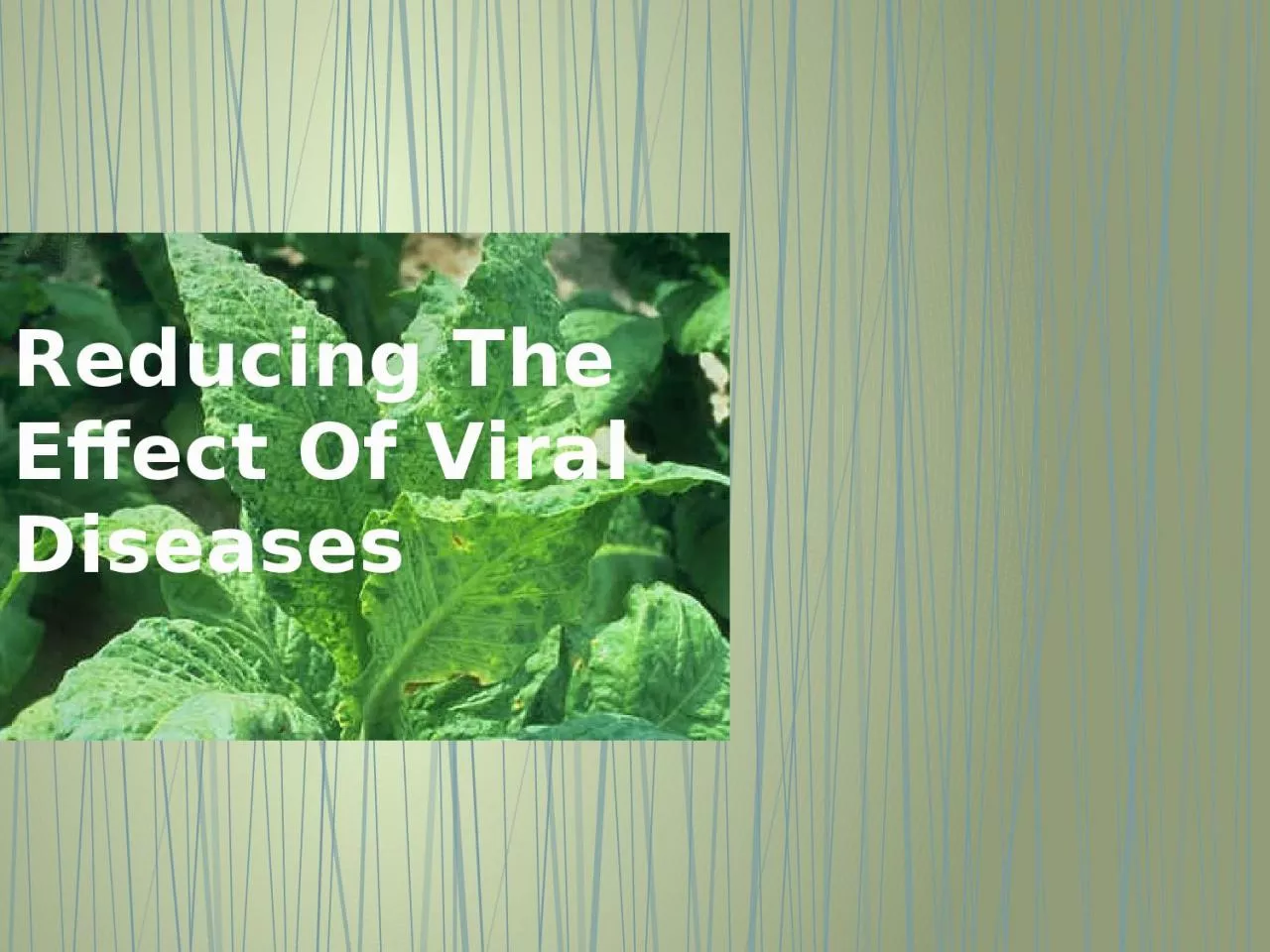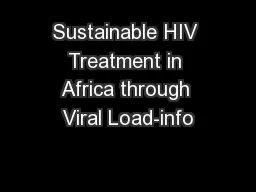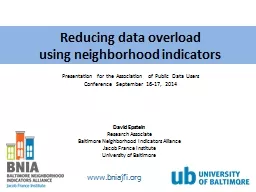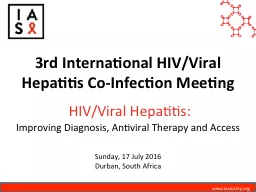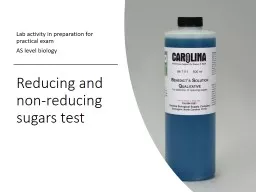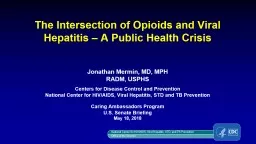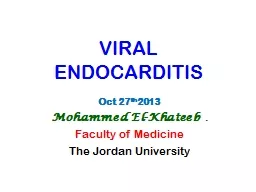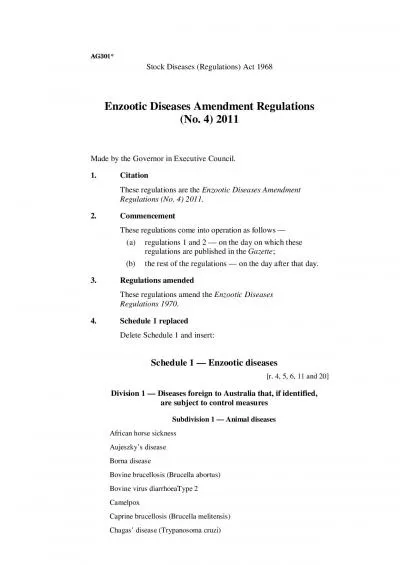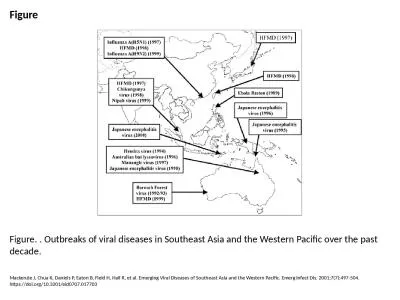PPT-Reducing The Effect Of Viral Diseases
Author : jainy | Published Date : 2023-12-30
Introduction Viral infections of plants can cause necrosis hypoplasia or hyperplasia and these effects can lead to symptoms such as Growth retardation Distortion
Presentation Embed Code
Download Presentation
Download Presentation The PPT/PDF document "Reducing The Effect Of Viral Diseases" is the property of its rightful owner. Permission is granted to download and print the materials on this website for personal, non-commercial use only, and to display it on your personal computer provided you do not modify the materials and that you retain all copyright notices contained in the materials. By downloading content from our website, you accept the terms of this agreement.
Reducing The Effect Of Viral Diseases: Transcript
Download Rules Of Document
"Reducing The Effect Of Viral Diseases"The content belongs to its owner. You may download and print it for personal use, without modification, and keep all copyright notices. By downloading, you agree to these terms.
Related Documents

